Congenital anomalies of the male urethra
- PMID: 17572890
- PMCID: PMC1950215
- DOI: 10.1007/s00247-007-0495-0
Congenital anomalies of the male urethra
Abstract
The spectrum of congenital anomalies of the male urethra is presented. The embryologic basis of each anomaly, when known, is discussed. Clinical and imaging features of each entity are presented.
Figures

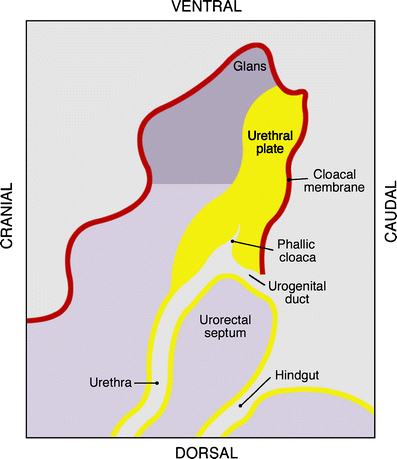
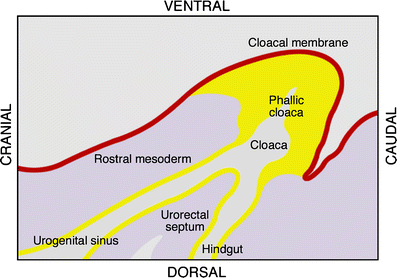


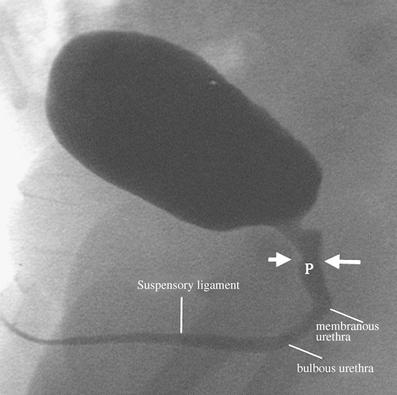


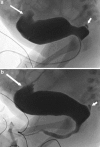
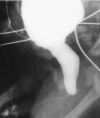
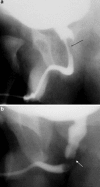

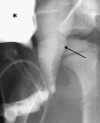

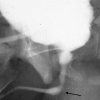

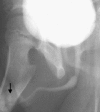
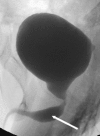
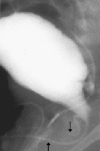


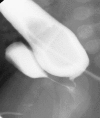
References
-
- {'text': '', 'ref_index': 1, 'ids': [{'type': 'DOI', 'value': '10.1016/S0022-5347(05)00642-7', 'is_inner': False, 'url': 'https://doi.org/10.1016/s0022-5347(05)00642-7'}, {'type': 'PubMed', 'value': '16515962', 'is_inner': True, 'url': 'https://pubmed.ncbi.nlm.nih.gov/16515962/'}]}
- Krishan A, de Souza A, Konijeti R et al (2006) The anatomy and embryology of posterior urethral valves. J Urol 175:1214–1220 - PubMed
-
- {'text': '', 'ref_index': 1, 'ids': [{'type': 'DOI', 'value': '10.1016/j.bjps.2003.08.019', 'is_inner': False, 'url': 'https://doi.org/10.1016/j.bjps.2003.08.019'}, {'type': 'PubMed', 'value': '14672675', 'is_inner': True, 'url': 'https://pubmed.ncbi.nlm.nih.gov/14672675/'}]}
- Hynes PJ, Fraher JP (2004) The development of the male genitourinary system I: the origin of the urorectal septum and the formation of the perineum. Br J Plast Surg 57:27–36 - PubMed
-
- {'text': '', 'ref_index': 1, 'ids': [{'type': 'DOI', 'value': '10.1016/j.bjps.2003.08.018', 'is_inner': False, 'url': 'https://doi.org/10.1016/j.bjps.2003.08.018'}, {'type': 'PubMed', 'value': '15037165', 'is_inner': True, 'url': 'https://pubmed.ncbi.nlm.nih.gov/15037165/'}]}
- Hynes PJ, Fraher JP (2004) The development of the male genitourinary system II: the origin and formation of the urethral plate. Br J Plast Surg 57:112–121 - PubMed
-
- {'text': '', 'ref_index': 1, 'ids': [{'type': 'DOI', 'value': '10.1016/j.bjps.2003.08.017', 'is_inner': False, 'url': 'https://doi.org/10.1016/j.bjps.2003.08.017'}, {'type': 'PubMed', 'value': '15006521', 'is_inner': True, 'url': 'https://pubmed.ncbi.nlm.nih.gov/15006521/'}]}
- Hynes PJ, Fraher JP (2004) The development of the male genitourinary system III: the formation of the spongiose and glandar urethra. Br J Plast Surg 57:203–214 - PubMed
-
- None
- Gray H (1973) The urogenital system. In: Goss CM (ed) Gray’s anatomy of the human body. Lea and Febiger, Philadelphia, pp 1296–1297
Publication types
MeSH terms
LinkOut - more resources
Full Text Sources
Medical

